SUMMARY
This is AI generated summarization, which may have errors. For context, always refer to the full article.
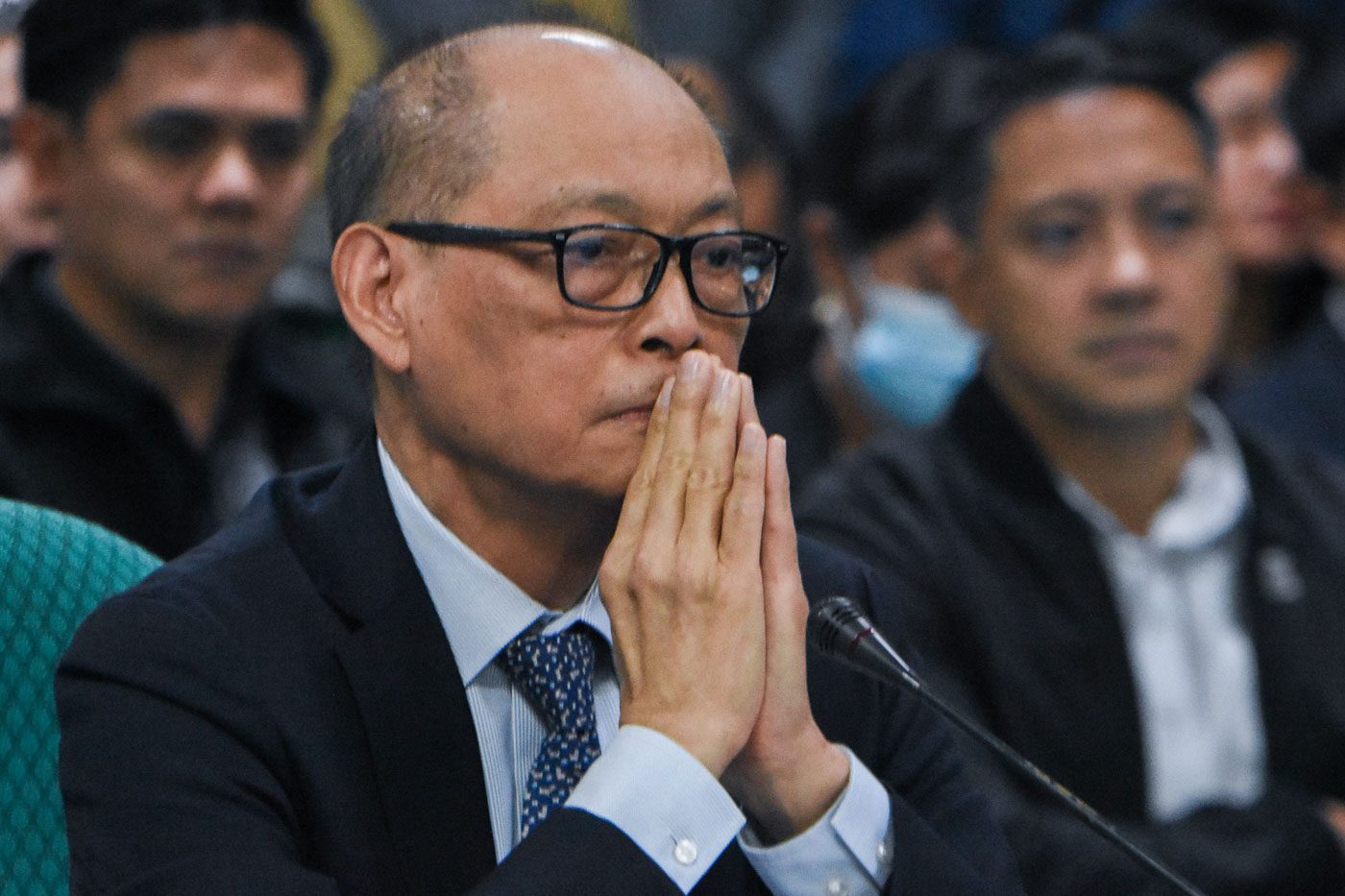
MANILA, Philippines – Finance secretary Benjamin Diokno reiterated that government pension funds Government Service Insurance System (GSIS) and Social Security System (SSS) may still invest in the Maharlika Investment Fund (MIF) at a later date, even though lawmakers excluded them from initial funding.
Under the revised bill, GSIS and SSS were no longer required to contribute to the MIF’s seed capital. However, Diokno clarified that the bill will not prevent the pension funds from investing a portion of their funds into the MIF, should they opt to.
“They are not mandating them to contribute, but if they’re looking for higher returns – because right now most of their money are invested in treasury bills and they don’t earn that much, I think – if they want higher return, they can contribute. But that is up to the respective boards of GSIS and SSS,” Diokno said in a press conference on Friday, December 9.
The proposed Maharlika fund was initially intended to pool capital from government pension funds and banks to finance national development projects and other assets. However, the bill has faced widespread criticism for lacking safeguards and possibly endangering the welfare of pensioners.
Funding and board changes
Originally, the GSIS and SSS had to contribute P125 billion and P50 billion to the fund respectively. Now, revisions to the fund proposal have cut down its seed capital from P275 billion to about P105 to P110 billion.
Here is where the initial funding will come from:
- Land Bank of the Philippines (Land Bank) – P50 billion
- Development Bank of the Philippines (DBP) – P25 billion
- Bangko Sentral ng Pilipinas (BSP) – 100% of declared dividends based on income from the preceding year of the effectivity of the Act
The fund will be bolstered by these annual contributions:
- Bangko Sentral ng Pilipinas (BSP) – 100% of annual dividends for the second year; 50% of annual dividends in succeeding years; 100% of annual dividends once BSP completes its own capital requirements
- Philippine Amusement and Gaming Corporation (PAGCOR) – at least 10% of gross gaming revenue streams
- Other sources such as royalties and privatization of government assets
Regarding the BSP’s contribution, Diokno said the BSP will give all of its declared revenues for the first and second year to beef up the fund. After this, the BSP will remit 50% of its dividends, while using the other 50% to build up the central bank’s own capital.
Once the BSP amasses its capital requirement of P250 billion, it will begin remitting 100% of its annual dividends into the MIF.
Every year, the BSP declares 50% of its net income as dividends paid out to the government. To give a sense of how large BSP’s annual dividends are, here’s a breakdown of their net income and dividends for the past three years:
| Year | BSP Net Income | BSP Declared Dividend |
| 2019 | P46.10 billion | P23.05 billion |
| 2020 | P31.79 billion | P15.89 billion |
| 2021 | P34.81 billion | P17.41 billion |
The BSP estimated its dividends for the current year to be around P30 billion to P35 billion, according to BSP Deputy Governor Francisco Dakila Jr. in a House hearing on Friday, December 9.
Diokno also explained that the BSP will be alloted seats in the Maharlika Investment Corporation’s (MIC) board of directors. The number of BSP directors to sit on the board will depend on their investment.
“The BSP, as a contributor to the fund, will be given seats in the board of directors in proportion to their corresponding investment,” Diokno said. “The higher the investment, the more seats are made available to the BSP.”
Here is the proposed composition of the MIC’s board of directors under the revised bill:
- Finance secretary (chairperson)
- Chief executive officer of the MIC
- President of Land Bank
- President of DBP
- Seven regular members representing the contributors of the fund
- Four independent directors from the private sector
As the Secretary of Finance, Diokno would become the chairperson of the MIC should the revised bill be approved within his term. – Rappler.com
Add a comment
How does this make you feel?
![[In This Economy] Why Marcos is getting high on unprogrammed funds](https://www.rappler.com/tachyon/2024/07/TL-marcos-program-funds-july-19-2024.jpg?resize=257%2C257&crop=265px%2C0px%2C720px%2C720px)
![[In This Economy] Is the Marcos government unlawfully dipping into PhilHealth funds?](https://www.rappler.com/tachyon/2024/07/marcos-government-philhealth-funds-july-12-2024.jpg?resize=257%2C257&crop=425px%2C0px%2C1080px%2C1080px)
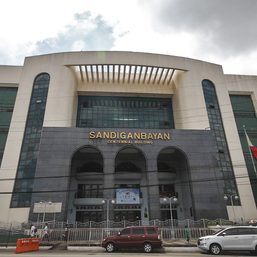

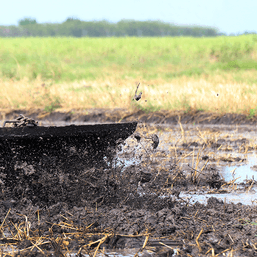
![[Just Saying] SONA 2024: Some disturbing points](https://www.rappler.com/tachyon/2024/07/TL-marcos-sona-points-july-23-2024.jpg?resize=257%2C257&crop=335px%2C0px%2C720px%2C720px)

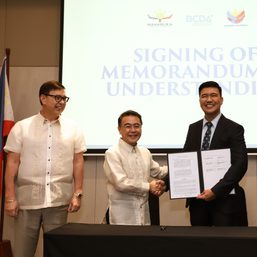

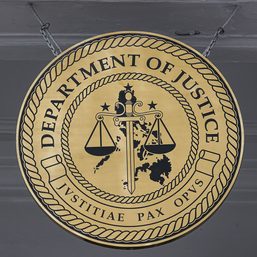
There are no comments yet. Add your comment to start the conversation.